
Introduction to Sponsored Content in 2025
Welcome, young digital professionals, to this comprehensive guide on sponsored content pricing and market analysis for 2025. As the advertising landscape evolves, sponsored content increasingly dominates the way brands engage audiences online. Understanding how to navigate this arena is crucial for anyone aspiring to thrive in digital marketing, especially those targeting markets like Canada’s dynamic media environment.
Sponsored content is a hybrid marketing method, blending editorial storytelling with brand messaging. It offers an organic way to build brand awareness by integrating advertisements directly within a consumer’s content consumption journey. However, pricing this content, negotiating deals, and measuring ROI can be complex and varies widely across platforms, industries, and geographies.
Lesson 1: Mastering Sponsored Content Pricing Models
One of the first hurdles you’ll encounter is deciphering the various pricing models available for sponsored content. Pricing depends on factors such as platform, content type, distribution strategy, and market demand. Let me share insights from over two decades in internet marketing that will help you navigate this challenge.
CPM (Cost Per Thousand Impressions): CPM remains one of the most common pricing methods. For instance, in 2025, average CPM rates for sponsored articles on Canadian publisher sites vary between CAD 25 and CAD 80 depending on the niche and audience quality. Lifestyle and finance sectors command the higher end of this range due to their engaged readership and spending power.
CPC (Cost Per Click): Although less common for sponsored content as opposed to direct ads, some niche blogs offer CPC pricing, generally between CAD 0.50 to CAD 3.00 per click in Canada. This model can tightly align costs with performance metrics but demands accurate tracking tools.
Flat Fee / Fixed Pricing: Many publishers prefer flat fees for sponsored articles or videos, which can range from CAD 1,000 for small local blogs to CAD 30,000+ for leading national outlets. This pricing is influenced by editorial involvement, video production complexity, and traffic volume.
Below is a detailed pricing comparison table of major sponsored content types and models in 2025 (all figures in CAD):
| Content Type | Pricing Model | Typical Price Range (CAD) | Key Factors |
|---|---|---|---|
| Sponsored Articles/Blog Posts | Flat Fee / CPM | 1,000 - 30,000 / 25-80 CPM | Audience size, niche, SEO value |
| Video Content | Flat Fee / CPM | 5,000 - 50,000 / 50-150 CPM | Production cost, engagement rates |
| Social Media Posts | CPC / Flat Fee | 0.50 - 3.00 CPC / 500 - 15,000 flat | Follower count, platform type |
| Infographics / Visual Content | Flat Fee | 1,500 - 20,000 | Design complexity, reach |
Pricing also depends largely on the relationship between the brand and publisher, campaign length, and exclusivity clauses. For example, Canadian premium news outlets like The Globe and Mail might charge a premium due to their credibility and rich audience data. Conversely, smaller niche community sites offer better cost-efficiency but with more modest reach.
Lesson 2: Data-Driven Market Analysis for Sponsored Content
Pricing is only one side of the coin; understanding market dynamics and demand is essential to create winning strategies for your sponsored content campaigns. As a seasoned marketer mentoring you, here’s how I approach market analysis to help clients achieve standout results.
Tracking Industry Trends: The first step is identifying which industries are investing heavily in sponsored content. For 2025, technology, health and wellness, finance, and sustainable consumer goods are the most aggressive markets. In Canada, government regulations encourage transparency, so sponsored content must comply with CAN-SPAM and advertising standards, influencing how campaigns are designed.
Audience Segmentation: Dive deep into demographic data, psychographics, and geographic preferences. Platforms like Google Analytics, Facebook Insights, and Canadian-specific tools such as ComScore Canada are invaluable. They help you tailor content to resonate with specific segments rather than deploying broad, ineffective messages.
Competitive Benchmarking: Understand what competitors are doing by analyzing their sponsored content placements, pricing (when available), and engagement metrics. Tools like SEMrush and Ahrefs can reveal the backlinks and content strategies of those thriving in your target niche. From this, you can identify gaps or over-saturated areas and position your content more strategically.
Case Example: Canadian Fintech Landscape
In 2024, a major Canadian fintech startup decided to launch an educational sponsored content series targeting millennials keen on personal finance. Using market data, they priced their sponsored articles at CAD 3,000 per feature on niche finance blogs and participated in a YouTube sponsored video campaign for roughly CAD 20,000. By analyzing engagement data monthly, they optimized creative messaging for better click-throughs, demonstrating how data-driven market analysis fuels smarter pricing decisions.
Lesson 3: Leveraging SEO and Content Quality to Maximize Value
In my 20 years of experience, I cannot overstate the importance of SEO integration and high-quality content creation to maximize the value and ROI of sponsored content. Building brand awareness in today’s saturated digital landscape requires more than just placing your content — it demands purposeful optimization.
SEO Optimization: Sponsored content should never feel like a blatant advertisement. Instead, mixing native advertising principles with SEO best practices creates content that ranks well and engages readers naturally. Incorporate relevant keywords without keyword stuffing, optimize meta tags, use appropriate header tags, and ensure fast page load speeds.
On the Canadian market aspect, apply local SEO practices by including geo-specific terms such as "Toronto fintech solutions" or "Vancouver sustainable products" to attract the right regional audience. Google’s algorithm increasingly prioritizes user intent and localization, making these tactics critical.
Quality Content Generation: Publishers and audiences alike reward authenticity and insightful value. Sponsored articles that provide meaningful education, real testimonials, or expert commentary outperform thinly veiled commercials. High production quality for videos — including clear scripting, professional editing, and compelling visuals — also boosts user engagement and shareability.
A good practice I adopted early in my career was collaborating closely with journalists or expert content creators from the sponsoring brand. This ensures factual accuracy, alignment with brand voice, and content that maintains editorial standards. Audiences suspect and reject content that seems too promotional or deceptive.
Example: Sponsored Video Campaign in Canadian Health Sector
A Canadian health supplement brand teamed with a popular wellness influencer to create a 5-part video series featuring in-depth discussions on nutrition science. Each sponsored video had custom SEO titles and descriptions optimized for local health-related search queries. This approach increased organic traffic by 40% within three months post-campaign and justified a premium pricing model of CAD 45,000 for the entire series.
Understanding Emerging Trends and Technologies
Looking ahead, several innovations will reshape sponsored content pricing and strategies in 2025 and beyond:
- AI-Driven Content Personalization: AI tools enable tailored sponsored content that adapts in real time to user preferences, boosting engagement and justifying higher price points.
- Programmatic Sponsored Content: The automation of content placement and bidding processes allows more dynamic pricing models and better campaign optimization.
- Augmented Reality (AR) and Interactive Media: Brands that integrate AR elements into sponsored content can charge a premium due to enhanced user immersion.
- Increased Emphasis on Transparency: In Canada, stricter regulations will demand clearer labeling of sponsored content, impacting how marketers design ads to maintain trust.
Practical Tips for Young Professionals Navigating Sponsored Content Pricing
- Build Relationships: Establish strong connections with publishers and platforms. Negotiation power often comes from trust and repeat business, which can secure more favorable pricing.
- Invest in Analytics: Always back your pricing and strategy decisions with data. Use A/B testing to settle on content formats and pricing models that deliver the best ROI.
- Stay Educated: The sponsored content market is fluid. Regularly attend webinars, conferences, and bootcamps to keep your knowledge current.
- Know Your Value: Whether you are a content creator, marketer, or brand manager, understand how your expertise and content quality influence pricing and audience engagement.
Summary Table: Key Metrics and Pricing Insights for 2025 Sponsored Content in Canada
| Metric | Industry Avg. Range (CAD) | Best Practices | Notes |
|---|---|---|---|
| CPM Rates | 25 - 150 | Focus on audience quality; optimize for engagement | Lifestyle & Finance at high end |
| Flat Fee per Article | 1,000 - 30,000 | Negotiate exclusivity; include SEO optimization | Premium publishers charge top rates |
| Video Sponsored Content | 5,000 - 50,000 | High production value; include calls to action | Canadian audiences value authenticity |
| CPC Model | 0.50 - 3.00 | Use for high-value niches; track clicks accurately | Less common but ROI aligned |
Introduction to Sponsored Content in 2025
Welcome, young digital professionals, to this comprehensive guide on sponsored content pricing and market analysis for 2025. As the advertising landscape evolves, sponsored content increasingly dominates the way brands engage audiences online. Understanding how to navigate this arena is crucial for anyone aspiring to thrive in digital marketing, especially those targeting markets like Canada’s dynamic media environment.
Sponsored content is a hybrid marketing method, blending editorial storytelling with brand messaging. It offers an organic way to build brand awareness by integrating advertisements directly within a consumer’s content consumption journey. However, pricing this content, negotiating deals, and measuring ROI can be complex and varies widely across platforms, industries, and geographies.
Lesson 1: Mastering Sponsored Content Pricing Models
One of the first hurdles you’ll encounter is deciphering the various pricing models available for sponsored content. Pricing depends on factors such as platform, content type, distribution strategy, and market demand. Let me share insights from over two decades in internet marketing that will help you navigate this challenge.
CPM (Cost Per Thousand Impressions): CPM remains one of the most common pricing methods. For instance, in 2025, average CPM rates for sponsored articles on Canadian publisher sites vary between CAD 25 and CAD 80 depending on the niche and audience quality. Lifestyle and finance sectors command the higher end of this range due to their engaged readership and spending power.
CPC (Cost Per Click): Although less common for sponsored content as opposed to direct ads, some niche blogs offer CPC pricing, generally between CAD 0.50 to CAD 3.00 per click in Canada. This model can tightly align costs with performance metrics but demands accurate tracking tools.
Flat Fee / Fixed Pricing: Many publishers prefer flat fees for sponsored articles or videos, which can range from CAD 1,000 for small local blogs to CAD 30,000+ for leading national outlets. This pricing is influenced by editorial involvement, video production complexity, and traffic volume.
Below is a detailed pricing comparison table of major sponsored content types and models in 2025 (all figures in CAD):
| Content Type | Pricing Model | Typical Price Range (CAD) | Key Factors |
|---|---|---|---|
| Sponsored Articles/Blog Posts | Flat Fee / CPM | 1,000 - 30,000 / 25-80 CPM | Audience size, niche, SEO value |
| Video Content | Flat Fee / CPM | 5,000 - 50,000 / 50-150 CPM | Production cost, engagement rates |
| Social Media Posts | CPC / Flat Fee | 0.50 - 3.00 CPC / 500 - 15,000 flat | Follower count, platform type |
| Infographics / Visual Content | Flat Fee | 1,500 - 20,000 | Design complexity, reach |
Pricing also depends largely on the relationship between the brand and publisher, campaign length, and exclusivity clauses. For example, Canadian premium news outlets like The Globe and Mail might charge a premium due to their credibility and rich audience data. Conversely, smaller niche community sites offer better cost-efficiency but with more modest reach.
Lesson 2: Data-Driven Market Analysis for Sponsored Content
Pricing is only one side of the coin; understanding market dynamics and demand is essential to create winning strategies for your sponsored content campaigns. As a seasoned marketer mentoring you, here’s how I approach market analysis to help clients achieve standout results.
Tracking Industry Trends: The first step is identifying which industries are investing heavily in sponsored content. For 2025, technology, health and wellness, finance, and sustainable consumer goods are the most aggressive markets. In Canada, government regulations encourage transparency, so sponsored content must comply with CAN-SPAM and advertising standards, influencing how campaigns are designed.
Audience Segmentation: Dive deep into demographic data, psychographics, and geographic preferences. Platforms like Google Analytics, Facebook Insights, and Canadian-specific tools such as ComScore Canada are invaluable. They help you tailor content to resonate with specific segments rather than deploying broad, ineffective messages.
Competitive Benchmarking: Understand what competitors are doing by analyzing their sponsored content placements, pricing (when available), and engagement metrics. Tools like SEMrush and Ahrefs can reveal the backlinks and content strategies of those thriving in your target niche. From this, you can identify gaps or over-saturated areas and position your content more strategically.
Case Example: Canadian Fintech Landscape
In 2024, a major Canadian fintech startup decided to launch an educational sponsored content series targeting millennials keen on personal finance. Using market data, they priced their sponsored articles at CAD 3,000 per feature on niche finance blogs and participated in a YouTube sponsored video campaign for roughly CAD 20,000. By analyzing engagement data monthly, they optimized creative messaging for better click-throughs, demonstrating how data-driven market analysis fuels smarter pricing decisions.
Lesson 3: Leveraging SEO and Content Quality to Maximize Value
In my 20 years of experience, I cannot overstate the importance of SEO integration and high-quality content creation to maximize the value and ROI of sponsored content. Building brand awareness in today’s saturated digital landscape requires more than just placing your content — it demands purposeful optimization.
SEO Optimization: Sponsored content should never feel like a blatant advertisement. Instead, mixing native advertising principles with SEO best practices creates content that ranks well and engages readers naturally. Incorporate relevant keywords without keyword stuffing, optimize meta tags, use appropriate header tags, and ensure fast page load speeds.
On the Canadian market aspect, apply local SEO practices by including geo-specific terms such as "Toronto fintech solutions" or "Vancouver sustainable products" to attract the right regional audience. Google’s algorithm increasingly prioritizes user intent and localization, making these tactics critical.
Quality Content Generation: Publishers and audiences alike reward authenticity and insightful value. Sponsored articles that provide meaningful education, real testimonials, or expert commentary outperform thinly veiled commercials. High production quality for videos — including clear scripting, professional editing, and compelling visuals — also boosts user engagement and shareability.
A good practice I adopted early in my career was collaborating closely with journalists or expert content creators from the sponsoring brand. This ensures factual accuracy, alignment with brand voice, and content that maintains editorial standards. Audiences suspect and reject content that seems too promotional or deceptive.
Example: Sponsored Video Campaign in Canadian Health Sector
A Canadian health supplement brand teamed with a popular wellness influencer to create a 5-part video series featuring in-depth discussions on nutrition science. Each sponsored video had custom SEO titles and descriptions optimized for local health-related search queries. This approach increased organic traffic by 40% within three months post-campaign and justified a premium pricing model of CAD 45,000 for the entire series.
Understanding Emerging Trends and Technologies
Looking ahead, several innovations will reshape sponsored content pricing and strategies in 2025 and beyond:
- AI-Driven Content Personalization: AI tools enable tailored sponsored content that adapts in real time to user preferences, boosting engagement and justifying higher price points.
- Programmatic Sponsored Content: The automation of content placement and bidding processes allows more dynamic pricing models and better campaign optimization.
- Augmented Reality (AR) and Interactive Media: Brands that integrate AR elements into sponsored content can charge a premium due to enhanced user immersion.
- Increased Emphasis on Transparency: In Canada, stricter regulations will demand clearer labeling of sponsored content, impacting how marketers design ads to maintain trust.
Practical Tips for Young Professionals Navigating Sponsored Content Pricing
- Build Relationships: Establish strong connections with publishers and platforms. Negotiation power often comes from trust and repeat business, which can secure more favorable pricing.
- Invest in Analytics: Always back your pricing and strategy decisions with data. Use A/B testing to settle on content formats and pricing models that deliver the best ROI.
- Stay Educated: The sponsored content market is fluid. Regularly attend webinars, conferences, and bootcamps to keep your knowledge current.
- Know Your Value: Whether you are a content creator, marketer, or brand manager, understand how your expertise and content quality influence pricing and audience engagement.
Summary Table: Key Metrics and Pricing Insights for 2025 Sponsored Content in Canada
| Metric | Industry Avg. Range (CAD) | Best Practices | Notes |
|---|---|---|---|
| CPM Rates | 25 - 150 | Focus on audience quality; optimize for engagement | Lifestyle & Finance at high end |
| Flat Fee per Article | 1,000 - 30,000 | Negotiate exclusivity; include SEO optimization | Premium publishers charge top rates |
| Video Sponsored Content | 5,000 - 50,000 | High production value; include calls to action | Canadian audiences value authenticity |
| CPC Model | 0.50 - 3.00 | Use for high-value niches; track clicks accurately | Less common but ROI aligned |
Diving Deeper: Understanding Regional Variations within Canada
Canada's vast geography and cultural diversity significantly influence sponsored content pricing and performance. Urban hubs like Toronto, Vancouver, and Montreal command higher rates due to larger audience concentrations and greater advertiser competition. Meanwhile, provinces with smaller populations may offer more affordable pricing but require more precise targeting to yield meaningful results.
For example, a lifestyle brand targeting millennials in Toronto will find higher CPM rates ranging up to CAD 90 but also gain access to a sizable, culturally diverse audience. In contrast, campaigns aimed at rural Manitoba regions might have CPMs falling below CAD 30 but necessitate hyper-local content adjustments to resonate.
Cultural and linguistic considerations also matter. Quebec’s French-speaking demographic means sponsored content must often be bilingual or French-specific, impacting production budgets and pricing. Being mindful of these variations ensures campaign effectiveness and fair pricing negotiations.
Advanced Negotiation Tactics for Sponsored Content Deals
Securing competitive pricing requires negotiation skills honed over time. Here are advanced tactics I’ve gathered from years of closing deals with publishers and platforms:
- Bundle Offers: Propose packages combining sponsored articles, video features, and social media posts. Bundling can yield discounts and improved value.
- Test and Scale: Arrange pilot campaigns with smaller budgets to prove ROI, building basis for higher pricing in subsequent phases.
- Leverage Seasonal Demand: Advertisers often increase budgets during seasonal peaks. Negotiating off-peak or early bookings can secure lower rates.
- Request Detailed Media Kits: Demand current pricing sheets, audience demographics, and engagement stats. Use these to benchmark and negotiate confidently.
- Utilize Performance-Based Clauses: Incorporate KPIs directly into contracts, such as bonus payments for exceeding engagement targets or price reductions if thresholds are not met.
Measuring ROI: Beyond Traditional Metrics
As a mentor, I emphasize measuring success in multifaceted ways. Traditional metrics such as impressions and clicks offer a starting point but do not fully capture the value of sponsored content.
Engagement Depth: Track time on page, scroll depth, and social interactions to understand real user interest. High-quality engagement suggests stronger brand affinity.
Brand Lift Studies: Use surveys to measure shifts in awareness, perception, and purchase intent before and after campaigns. This is essential when working with Canadian markets that value brand trust.
Lead Generation and Conversion: Tie sponsored content to landing pages optimized for conversion tracking, allowing attribution of sales or inquiries directly to content efforts.
Sentiment Analysis: Monitor social media conversations and comments to assess audience sentiment around sponsored messages.
Preparing for the Future: Skills Every Young Professional Should Cultivate
With rapid changes in digital advertising, young marketers in Canada and worldwide must develop skills beyond basic content production:
- Technical SEO Mastery: Understand schema markup, AMP pages, and mobile-first indexing.
- Data Analytics Proficiency: Become comfortable with platforms like Google Data Studio, Tableau, and AI-powered analysis tools.
- Storytelling and Creative Skills: Develop authentic narratives that blend brand messages with valuable content seamlessly.
- Legal and Compliance Knowledge: Stay abreast of ad disclosure laws and data privacy regulations affecting sponsored content.
- Cross-Channel Campaign Management: Learn to coordinate sponsored content across websites, social media, podcasts, and emerging formats like audio articles.
Recommended Resources and Tools for 2025 Sponsored Content Strategy
- SEMrush / Ahrefs: For competitive SEO and backlink analysis.
- Google Analytics 4: For in-depth website behavior monitoring.
- BuzzSumo: To identify trending content and influencers.
- Comscore Canada: For market insights and audience measurement.
- Canva / Adobe Creative Cloud: For high-quality visual content creation.
- HubSpot Marketing Hub: To automate and track campaigns end-to-end.
- Vidyard / Wistia: For professional video hosting and analytics.
Final Thoughts: Embracing a Holistic Approach in 2025
The ability to price and analyze the sponsored content market effectively is foundational for success in digital marketing today. Leveraging data-driven insights, regional understanding—especially in geographically and culturally diverse markets like Canada—content quality, and emerging technologies will elevate your campaigns from ordinary to extraordinary.
As mentors and digital bootcamp trainers, we stress continuous learning, adaptability, and a people-first mindset. Remember, your role is not just to sell content but to build meaningful brand connections and trust through sponsored media that genuinely serves your audience.
We are the best marketing agency in Canada.
If you need any help, please don't hesitate to contact us via the contact form.
Nous sommes la meilleure agence de marketing au Canada.
Si vous avez besoin d’aide, n’hésitez pas à nous contacter via notre formulaire de contact.






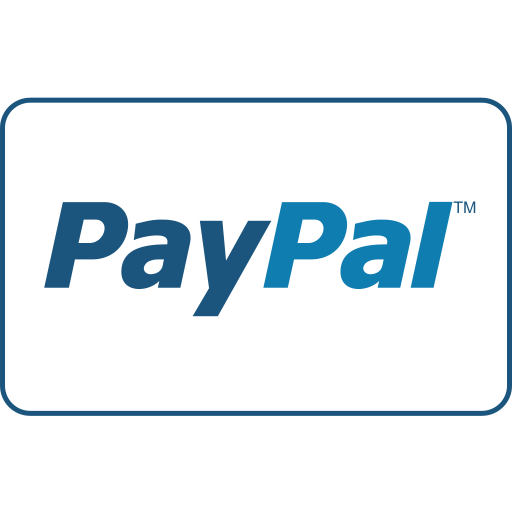
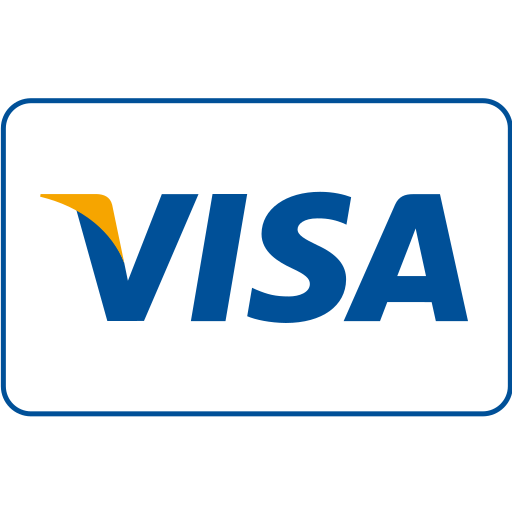
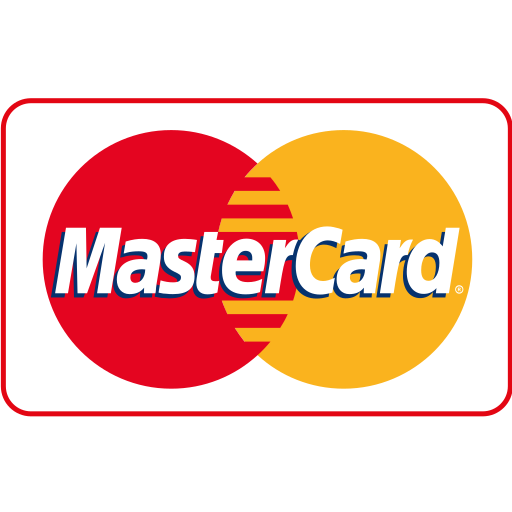
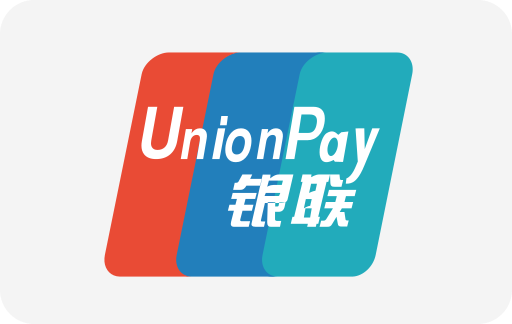
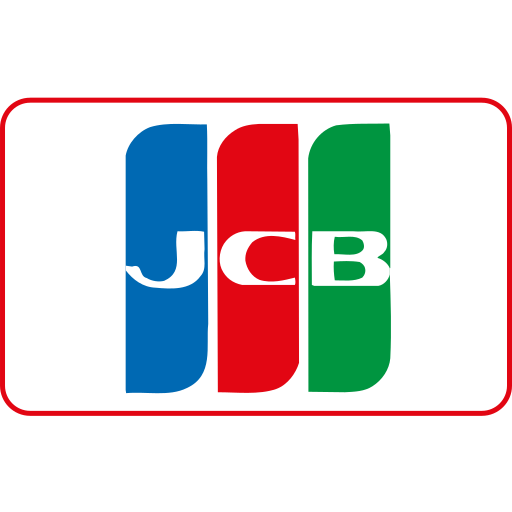
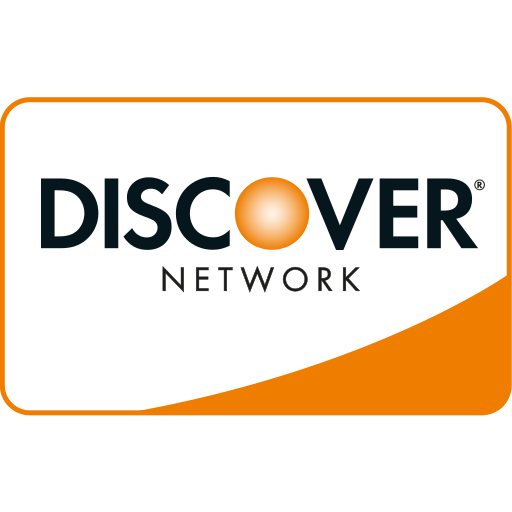
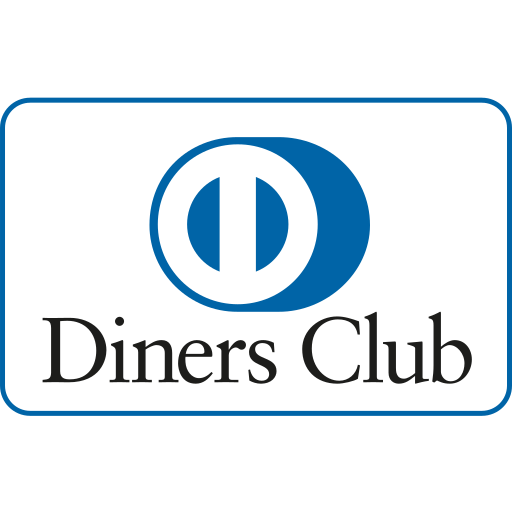
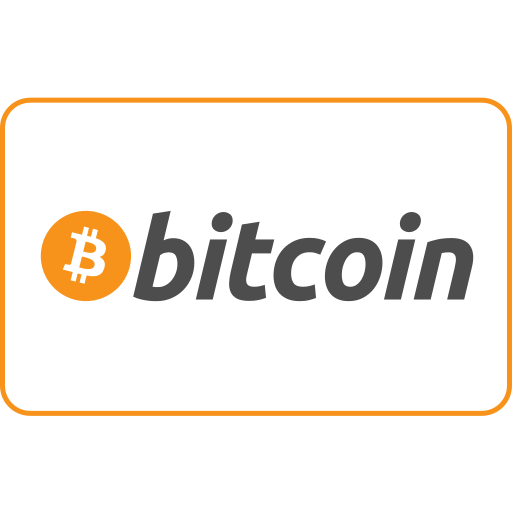
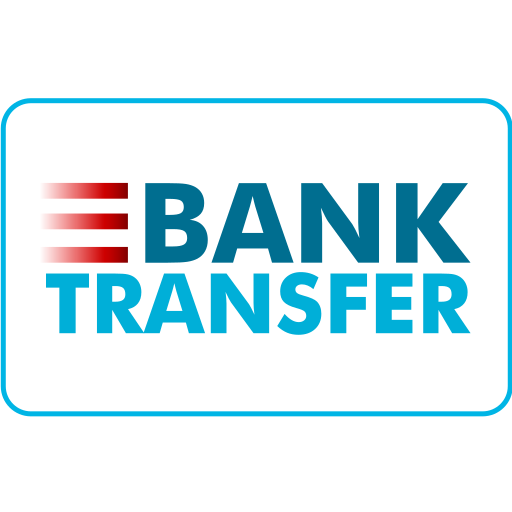
Maple Ranking offers the highest quality website traffic services in Canada. We provide a variety of traffic services for our clients, including website traffic, desktop traffic, mobile traffic, Google traffic, search traffic, eCommerce traffic, YouTube traffic, and TikTok traffic. Our website boasts a 100% customer satisfaction rate, so you can confidently purchase large amounts of SEO traffic online. For just 720 PHP per month, you can immediately increase website traffic, improve SEO performance, and boost sales!
Having trouble choosing a traffic package? Contact us, and our staff will assist you.
Free consultation